Table of Content
Introduction
A dissertation is a research paper that shows how you have addressed the requirements of your degree. It gives an overview of all the work done during your studies and should aim to present new knowledge about the subject area. The dissertation structure varies depending on its purpose, but there are some standard components that every student should include in their dissertation:
Title Page
The title page is the first page of your dissertation structure. It contains the following information:
- Author’s name and contact information (name, address, phone number)
- Degree sought (e.g., MA in English). If you are graduating from an undergraduate program with a BA or BS degree, please provide only this information on your title page; do not include any additional academic degrees earned. This will ensure that graduate programs can find all relevant documents quickly when you apply for admission into their Ph.D programs!
- Institution where you are studying at this time (e.g., “University of California-Berkeley”). If there was more than one institution at which you completed coursework prior to beginning graduate school, select only one institution here so that reviewers don’t have too many options when considering whether or not they should support funding requests made by applicants who attend multiple institutions during their careers as researchers/scholars/educators/etcetera…

Abstract
The abstract is a brief overview of your dissertation. You should explain the main points of your dissertation structure and provide a brief overview of the research, methods used to collect data, findings and significance.
Declaration
In the declaration section, you must state:
- The degree for which you are seeking.
- The date of presentation.
- The name of the candidate (you).
- Name of examiner(s), supervisor(s), chairperson/chairperson’s name and department/department’s name at university level where your thesis will be presented for oral examination by experts in related fields who are members of either committee or board appointed by relevant authorities such as ministry, department etc., etc., but do not include any other person who has contributed towards making this work possible except yourself!
Acknowledgements
Acknowledgements are a way of thanking those who have helped you. They should be written in the first person, and one to two pages long. Acknowledgements can include the names of people who played a role in your research or writing process, such as an adviser or mentor.
Contents page(s)
The contents page is the first page of your dissertation you will see when you open it up. It lists chapters, sections, and appendices. If there are any tables or figures in your document, they will be listed on the contents page as well.

List of Tables
A table is a visual representation of data. It is usually used in scientific papers to present the results of an experiment, analysis or study. Tables are usually organized by rows and columns, with each column representing one variable (e.g., a column could be “number of participants”) and each row representing one subject (e.g., a row could be “subject 1”).
Each table should have an accompanying caption for each column/variable as well as its corresponding value in parentheses after it; this can be done using Word option: Table > Insert Caption > Caption & Table Caption (for Excel users: Insert Table Caption). The caption should include brief details about what kind of data was collected in that specific column/variable such as how many people participated in this particular experiment? How much money was donated by each participant? etc…
List of Figures
You should include a list of figures in your dissertation structure. The list should be listed at the end of your dissertation, after all other sections have been written and edited.
Listing each figure number with its title, author’s name, page number and a brief description is also helpful for readers who might want to refer back later on.
Abbreviations
- Use abbreviations only when necessary.
- If a term is used often enough to be included in the glossary, include it there.
- Spell out the full term for each abbreviation you use (for example, “e-mail” or “email”).

Glossary of terms, etc.
In the course of writing a dissertation structure, you’ll need to use many different terms and abbreviations. This section is designed to help you keep track of them all. We’ve listed most of the most commonly used terms here, along with their definitions:
- Abstract – A summary statement that introduces your research project and indicates its central theme or question (see below). It should be no longer than two paragraphs long; it may include references if necessary.
- Background information on your topic area: People will always want more information about what they’re reading before they can make up their minds about whether or not it’s worth reading further! So try to provide some background information related specifically towards helping them understand where your research fits into broader discussions in this field/fieldwork project/etc., as well as any other relevant details such as dates and locations where specific events took place during growth period(s) mentioned above.)
Introduction/Background
The introduction/background section is the first part of your dissertation structure. It provides an overview of the problem or research question you have chosen, defines its significance and importance, provides a brief history of the topic, and describes how it relates to other fields.
The introduction/background section should be written in third person (i.e., as if someone else were writing about it). You may want to begin by explaining why you chose this topic for your dissertation writing or what led up to choosing it: “I decided on this topic because I wanted….” While this doesn’t need to be done in chronological order (i.e., start with where things were), it’s best if each paragraph has its own heading so that readers can quickly skim through them without having too much trouble finding their place again later on down through all 10 pages!

Literature Review
The literature review is an essential part of the dissertation process. It provides you with an overview of your field, describes past research in that area, and helps you to outline a plan for future research.
There are several ways to organize a literature review:
- Summarize key points from each article or book chapter (include any relevant references) using bullets or numbered lists as appropriate. Your summary should be brief enough not only to fit on one page but also be easy for readers to follow along with when reading the full text later on. You may want to include some notes or questions at this stage so that readers don’t feel they’re being asked too much at once—but don’t hesitate if it seems better than writing all over again!
Methodology
In the methodology section, you’ll describe how you plan to collect and analyse your data. Your method should be detailed but not too long. You should also include a list of all sources that helped inform your research (including any websites).
Results/Findings/Analysis
In this section of your paper, you will summarize the results of your research. You should include a discussion of how they support the hypothesis and an explanation of how they were collected.
You should also consider including limitations that may have affected your findings (e.g., sample size).
Discussion/Conclusions/Recommendations (depending on the referencing style you are using)
The discussion section of a dissertation is where you explain how your results fit into the rest of the literature. You should include a summary of your results, and then discuss them in relation to other studies done on similar topics.
If you’re using a referencing style like APA or MLA, this would be the place where you’d give credit for all sources used in writing this part of your dissertation (as well as all references cited throughout). If you’re using Harvard Style Citation Format, this can be done by using parenthetical citations around each sentence within which information about sources is shared; see below for more details about how Harvard Style Citation Format works!
Dissertations can have many forms, but there are some standard components that you should include in your dissertation structure.
- Title Page
A title page is the first thing that readers see when they open your dissertation. It should include the following:
- The title of your dissertation in bold capital letters with a colon after it. For example: “Dissertation on the Structure of Dissertations”.
- Your name, address and email address. This information is for you when you submit it to your department or institution for review and publication. If you do not wish to list this information here (or any other contact details), please remove all three items from this section before sending off your final draft for review by our editorial staff!
Conclusion
We hope that this post has given you a good idea of what a dissertation structure should be. We know there are many different styles and formats, but the important thing is to make sure that your dissertation structure is well-written and reflects your research appropriately. Don’t forget about style manuals for specific referencing styles as well!












